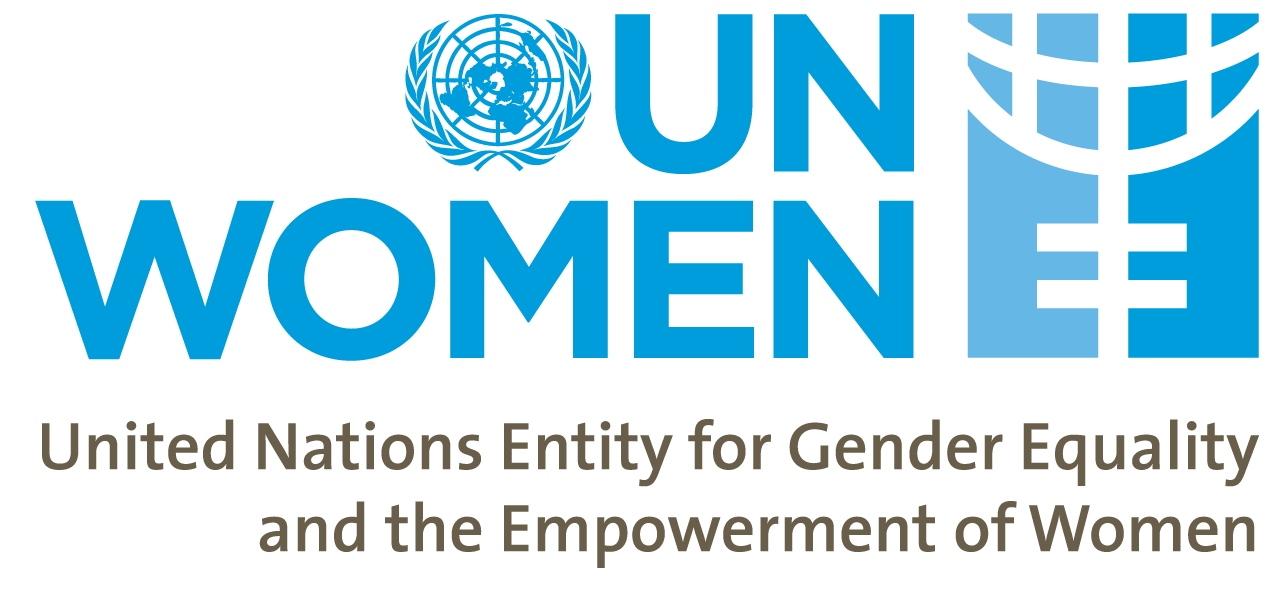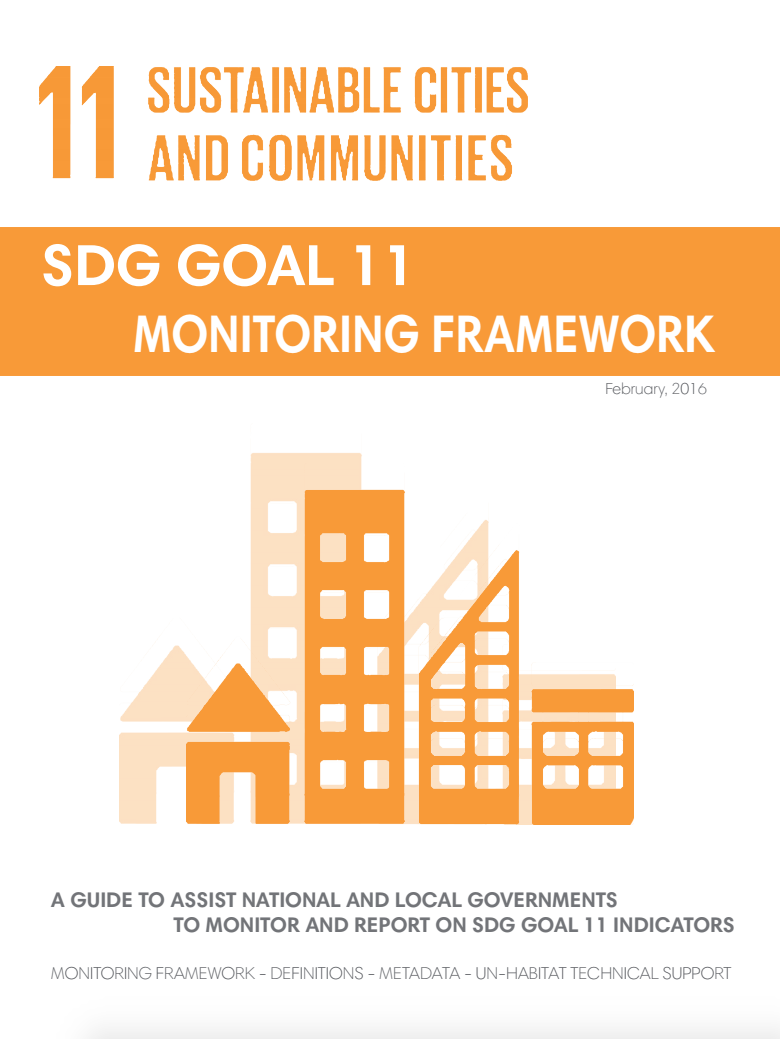In July 2010, the United Nations General Assembly created UN Women, the United Nations Entity for Gender Equality and the Empowerment of Women.
In doing so, UN Member States took an historic step in accelerating the Organization’s goals on gender equality and the empowerment of women.
The creation of UN Women came about as part of the UN reform agenda, bringing together resources and mandates for greater impact. It merges and builds on the important work of four previously distinct parts of the UN system, which focused exclusively on gender equality and women’s empowerment:
- Division for the Advancement of Women (DAW)
- International Research and Training Institute for the Advancement of Women (INSTRAW)
- Office of the Special Adviser on Gender Issues and Advancement of Women (OSAGI)
- United Nations Development Fund for Women (UNIFEM)
The main roles of UN Women are:
- To support inter-governmental bodies, such as the Commission on the Status of Women, in their formulation of policies, global standards and norms.
- To help Member States to implement these standards, standing ready to provide suitable technical and financial support to those countries that request it, and to forge effective partnerships with civil society.
- To hold the UN system accountable for its own commitments on gender equality, including regular monitoring of system-wide progress.
Members:
Resources
Displaying 1 - 5 of 33Key Messages and Recommendations for the Expert Group Meeting on Women's Land Rights
We are a diverse group, women and men, from all regions of the world who came together in this EGM convened by Global Land Indicators Initiative, UN Habitat, Oxfam, Landesa, Huairou Commission and UN Women. We are from governments including national statistical organizations and land agencies, multi-lateral agencies, civil society organizations, including women’s organizations and groups that met on July 8 – 9, 2017 to discuss women’s land rights in the context of the SDGs.
Acceso a la tierra y la propiedad
Hay un fenómeno de feminización de las áreas rurales, pero con importantes diferencias entre países. En América Latina y el Caribe, el tamaño de la tierra cultivada o administrada por mujeres tiende a ser entre 42% y 80% menor y de inferior calidad que la de los hombres.
SDG Goal 11: Monitoring Framework
In September 2015, the United Nations Sustainable Development Summit adopted a new framework to guide development efforts between 2015 and 2030, entitled “Transforming our world: the 2030 Agenda for sustainable development”.1
Fortalecimiento de la impartición de justicia con perspectiva de género e interculturalidad
Esta serie de fascículos son parte del material didáctico del curso en línea “Fortalecimiento de la impartición de justicia con perspectiva de género e interculturalidad” en ellos se analizan distintos derechos de los pueblos y comunidades indígenas abordando con más detenimiento aquellos que con frecuencia se vulneran en perjuicio de las mujeres por razones de género.
Taking the Long View. Sustaining Community Wealth through Gender Sensitive Natural Resource Management
As the development of Liberia’s natural wealth intensifies, a coherent set of policies that address questions of persistent gender inequality, sustainable rural livelihoods and long-term security of access to natural resources is needed. The capacity of rural women to maintain the local food economy must be preserved and enhanced, as must their ability to make informed decisions regarding the sustainable exploitation of natural resources.





